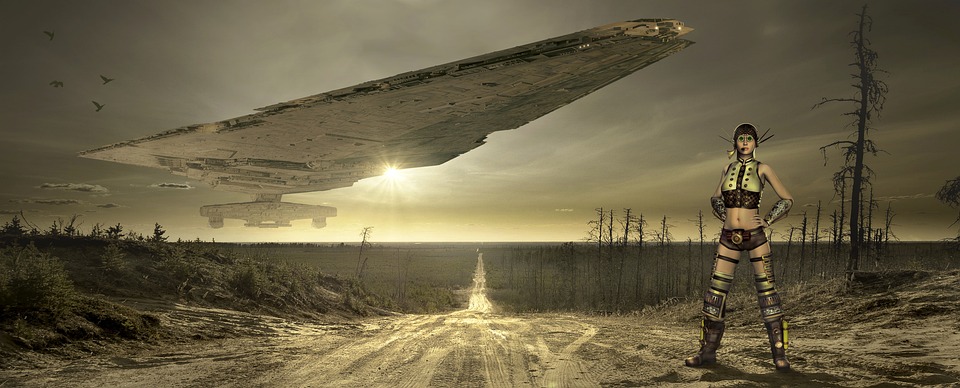Metaverse Takes Center Stage: New Trends and Innovations in Virtual Worlds
In recent years, the concept of the Metaverse has gained significant traction in the tech and gaming industries. Originally coined by science fiction writer Neal Stephenson in his 1992 novel Snow Crash, the Metaverse refers to a Virtual reality space where users can interact with a computer-generated environment and other users in real-time. With advancements in technology, the Metaverse is now becoming a reality, and new trends and innovations are emerging in virtual worlds.
One of the most significant trends in the Metaverse is the development of more immersive and realistic virtual environments. In the past, virtual worlds were limited to simple graphics and basic interactions. However, with the advent of technologies like Virtual reality (VR) and augmented reality (AR), virtual worlds are becoming more visually stunning and engaging. Users can now explore detailed and lifelike virtual landscapes, interact with realistic avatars, and even feel physical sensations through haptic feedback devices.
Another trend in the Metaverse is the integration of social interactions and real-world activities. Virtual worlds are no longer just places to play games; they are becoming hubs for socializing, learning, and conducting business. Platforms like Decentraland and Somnium Space are creating virtual communities where users can attend virtual concerts, art exhibitions, and conferences. These platforms also allow users to buy, sell, and trade virtual assets, creating a virtual economy that mirrors the real world.
Furthermore, the Metaverse is seeing innovations in user-generated content and customization. Virtual worlds are no longer static environments created by developers; they are dynamic and ever-evolving spaces shaped by the users themselves. Platforms like Roblox and Second life empower users to create their own virtual worlds, games, and experiences. This democratization of content creation allows for endless possibilities and encourages creativity and collaboration among users.
Additionally, the Metaverse is also witnessing the integration of blockchain technology. blockchain, the underlying technology behind cryptocurrencies like Bitcoin, offers a decentralized and transparent system for managing virtual assets and transactions. Virtual worlds like Decentraland and Cryptovoxels are leveraging blockchain to enable true ownership of virtual properties and assets. This means that users can buy, sell, and trade virtual land, artwork, and other digital assets, giving them real-world value and investment potential.
As the Metaverse continues to evolve, new trends and innovations are sure to emerge. Companies and developers are constantly pushing the boundaries of what is possible in virtual worlds, creating more immersive experiences, expanding social interactions, and exploring new technologies. The Metaverse has the potential to revolutionize how we live, work, and play, offering endless possibilities and opportunities.
However, it is important to address the challenges that come with the Metaverse. Privacy and security are major concerns in virtual worlds, as users share personal information and engage in financial transactions. Ensuring the safety of users and protecting their data will be crucial for the widespread adoption of the Metaverse. Additionally, accessibility and inclusivity should be prioritized, as virtual worlds should be accessible to users of all abilities and backgrounds.
In conclusion, the Metaverse is taking center stage, with new trends and innovations shaping the future of virtual worlds. From immersive environments to social interactions and user-generated content, the Metaverse offers endless possibilities. As technology continues to advance, we can expect even more exciting developments in the Metaverse, transforming the way we experience and interact with virtual environments.

